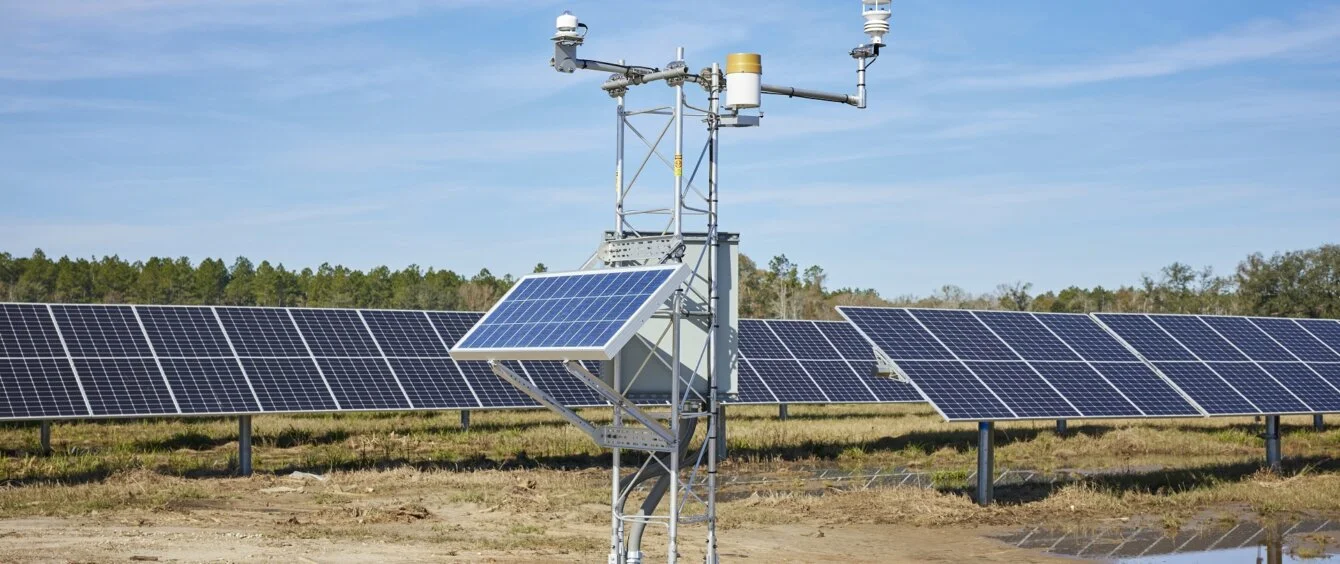The US National Renewable Energy Laboratory (NREL) has published a study on how the Inflation Reduction Act (IRA) and the Bipartisan Infrastructure Law (BIL) will affect the US electricity system. The results make for interesting reading.
The BIL, a bipartisan infrastructure law, provides for historic investments in the transport sector, including electromobility. At the same time, it also aims to improve the infrastructure of the energy system, for example by expanding the electricity grid. The IRA pursues the intention of containing inflation in the USA. Measures include, for example, investments in the energy system and the promotion of renewable energies.
In the first instance, the scale of capital mobilisation has to be appreciated. The US Congressional Budget Office estimates that the policies will result in more than $430 billion of energy transition support between 2022 and 2031. For the electricity sector, NREL says that the suite of tax credits for clean generation, storage and carbon capture and storage (CCS) are likely to be the most consequential.
With large funds in play, it is perhaps no surprise that NREL forecasts a huge impact on the US power system.
The study estimates that the share of clean electricity will rise from 41% in 2022 to between 71% and 90% of total generation by 2030 led by wind and solar power. This represents a 25-38 percentage point gain as a result of the IRA and BIL.
NREL sees the two policies driving cumulative deployment of 350-750 GW of solar and wind power, resulting in total installed capacity of 600-1,000 GW by 2030. This will be backed by 5-55 GW of fossil fuel-fired power with CCS, and 50-100 GW of battery storage.
In addition, an average annual deployment of 2.2-4.4 terawatt-miles of new transmission capacity will be needed, an expansion relative to 2022 of 9-24%.
Annual power sector CO2 emissions are expected to fall to 72-91% below 2005 levels, equivalent to the avoidance of an additional 600-900 Mt of CO2 by 2030.
Wind and solar will dominate power sector
In NREL’s reference scenario, annual deployment rates for wind rise to 26-29 GW/yr and for solar to 43-47 GW/yr. These are much higher than at present. In 2022, the US added about 9.3 GW of new solar power capacity and 6.7 GW of wind.
In scenarios in which clean technology costs are higher and natural gas prices lower, these deployment rates are estimated at 18-25 GW/yr and 19-36 GW/yr respectively. The range of potential outcomes, according to NREL, depends on many factors, such as permitting challenges, the level of renewables’ social acceptance and potential supply chain issues.
It is notable that wind and solar dominate almost absolutely. No other renewable technology, for example geothermal, biomass or hydropower, makes significant capacity gains. Similarly, nuclear power capacity falls marginally, reflecting the age of the US nuclear fleet, the lack of current newbuild construction and the cost and time it takes to build new reactors.
Significant uncertainty governs the fate of fossil fuels + CCS. The wide range of outcomes – from 5-55 GW – reflects the current high cost of projects, the relatively unproven nature of the technology at scale, and investor concern that CCS does not deliver net zero carbon power. Capture rates are below 100% and can drop substantially if, for example, there are problems with the plant.
Power system costs will fall
Overall, this massive transformation will result in lower system costs. NREL writes: “IRA and BIL are estimated to lead to a net decrease in total and average bulk power system costs (inclusive of tax credit value).”
The reason for this is that higher operating costs – the result of more power infrastructure — are more than offset by fuel savings and the value of tax credits. The savings are estimated at between $50 to $115 billion cumulatively between 2023-2030.
Photo credit: © RWE AG
